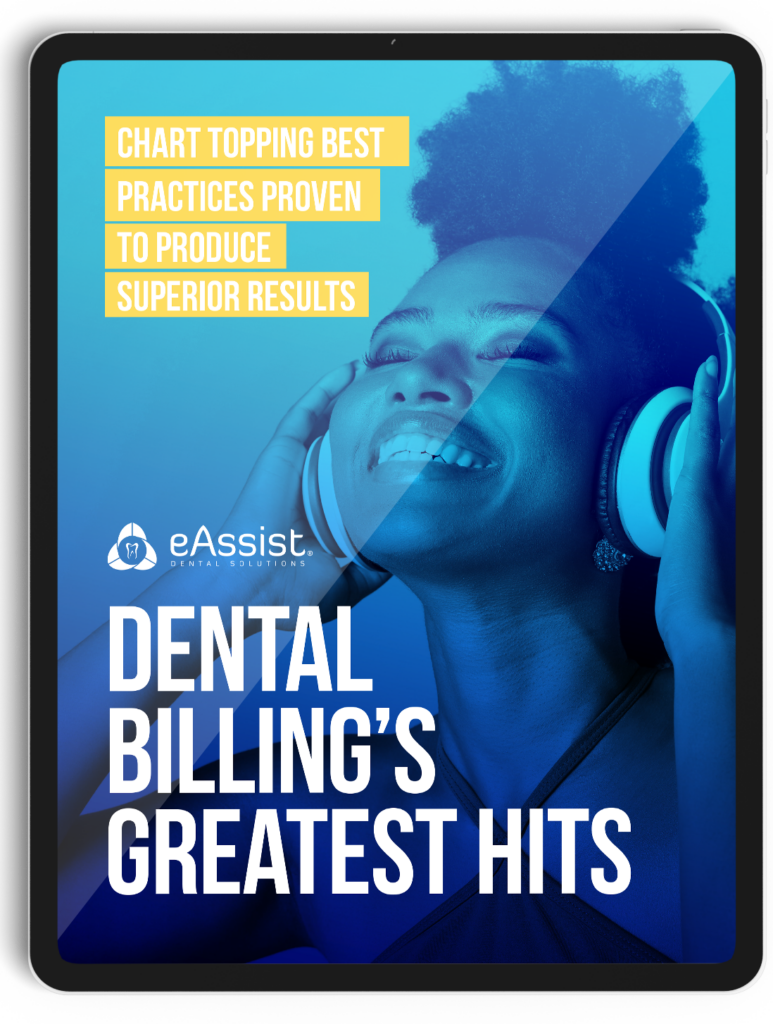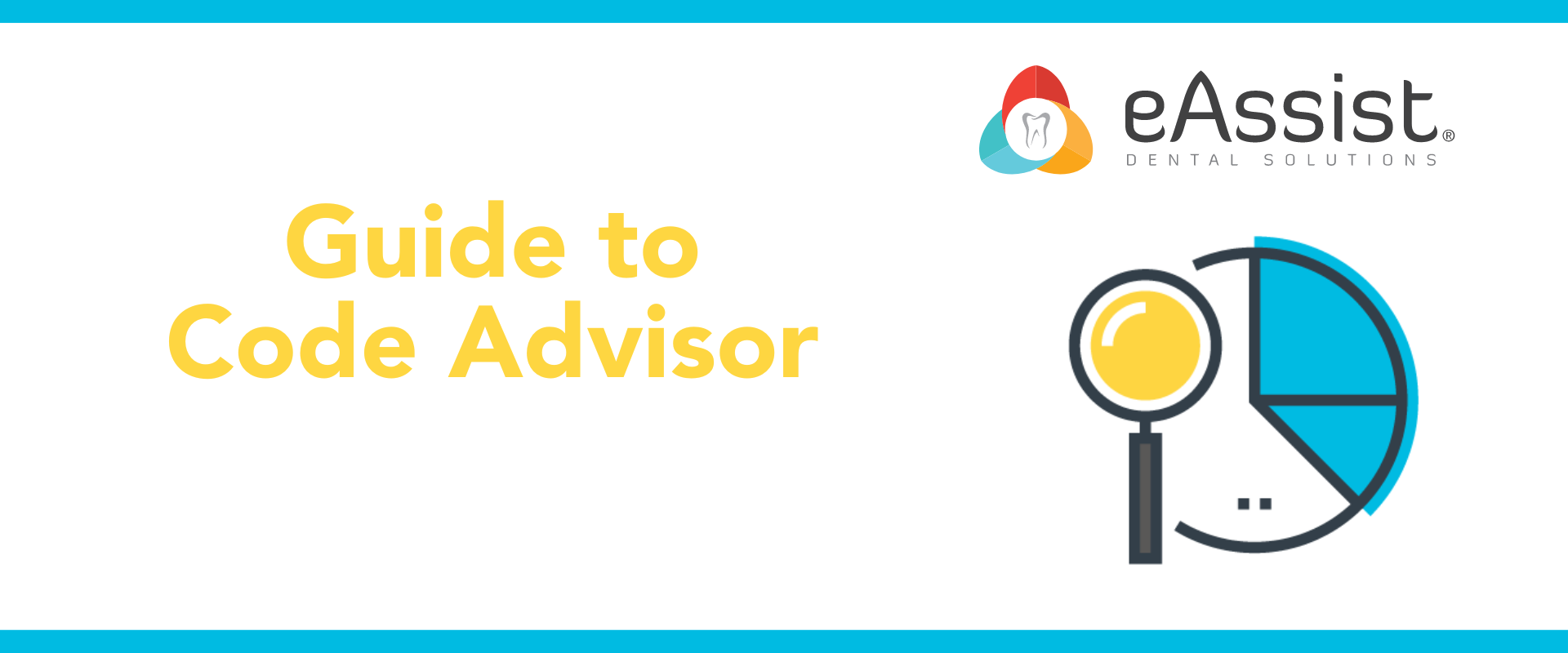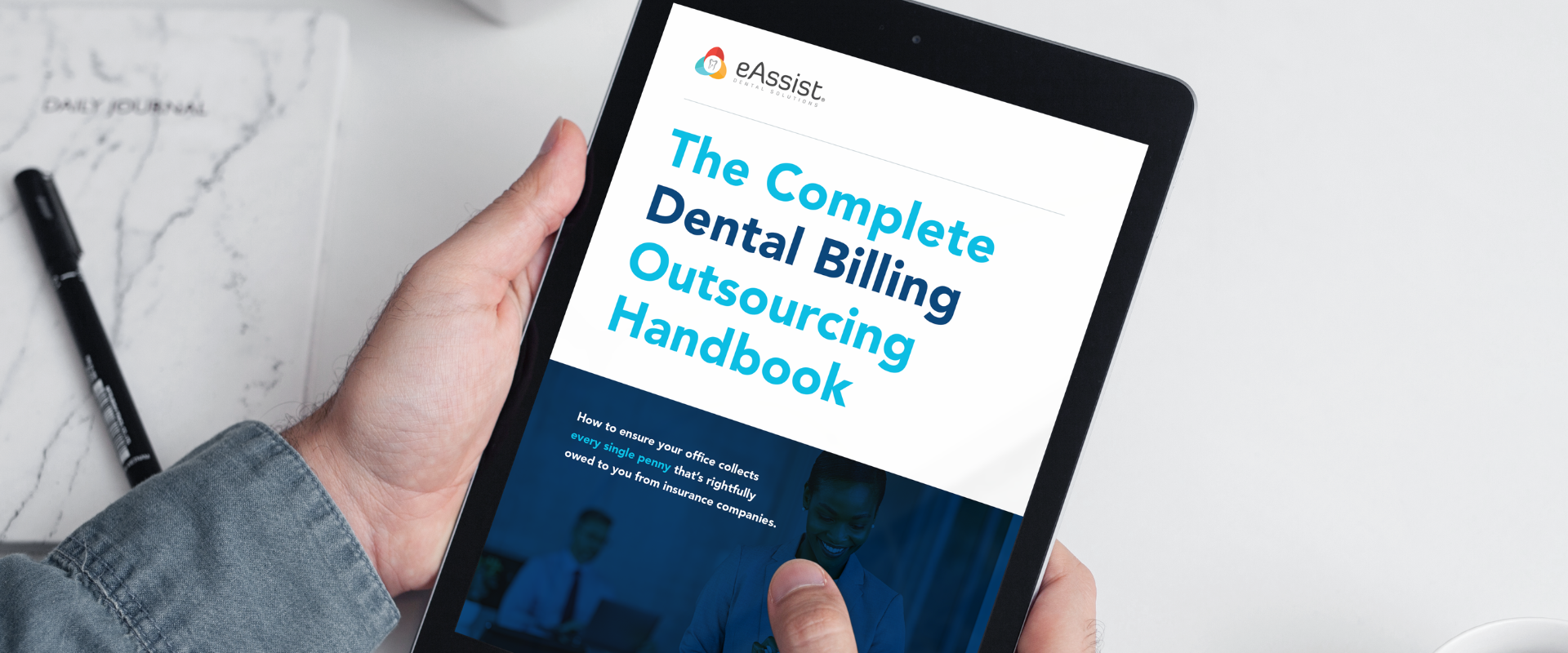It can be challenging for dental practices when patients don’t pay their bills or insurance claims get denied. However, there are several strategies that dentists can employ to address unpaid claims as well as implement a revenue cycle management strategy that works. It all comes down to how well you’re optimizing every step of the process. Every piece should be working seamlessly together, and without proper maintenance, the whole mechanism breaks down. Let’s strategize our dental billing process with an RCM solution that works by starting from the top:
Prevention as the best medicine
It’s a saying for a reason: it really works! Preventing stopgaps in your revenue management cycle is crucial to streamlining processes. This can mean taking a hard look at the current way of doing things. Where do you have trouble understanding? Where does your staff? Is there a larger problem that requires dedicated attention to fix, or is it smaller bits and pieces that may need a “big picture” moment? Taking stock of the current landscape of your business is not only helpful, but essential in figuring out what needs to be done to improve. And of course, if you’re not improving, you’re not innovating new ways to remain profitable.
Document everything in the dental billing process
Insurance collections are the best and worst thing about dentistry. For one, they pay the bills. For the other, they can be notoriously difficult to consistently maintain. Think about all of the cogs in dental billing:
- Insurance limits, plan verification, and implementation
- Accurate patient information
- Documentation and clinical notes
- Dental coding
- PMS integration
- Claim submission
- Follow up and appeals for rejections and denials
Not exactly a short list, and none of these steps are exactly simple. Yet, they are part of a bigger process that requires real attention and experience to make effortless. The first step in that process should be to document everything that happens in the treatment room. This is the first step in determining eligibility for your inevitable claim. Without every piece in its place, you can expect to see a denial or rejection instead of what you’re rightfully owed. What was that about prevention as the best medicine? Ensure everything is documented from beginning to end and save yourself the headache later.
Utilize industry-leading dental coding resources
Along with documentation, using the correct codes during the claim submission process is essential for dental billing reimbursement. CDT-10 codes offer dentists a way to communicate specific treatments to the insurance company, as well as any other mandatory reporting that needs to be included for a patient’s specific plan. Without this, treatment ambiguity becomes even more vague, and your claim is more likely to be denied.
Thankfully, access to dental coding resources and tips has never been easier. The industry-leading team at Practice Booster offers your staff a comprehensive suite of dental coding books and documentation tips, along with Code Advisor access, all for one modest sum. With CDT codes changing annually, it’s imperative to have access to the latest and greatest. Plus, you’ll be able to see common errors in documentation and narrative structure that can give you an edge and get you paid.
Unpaid claims in the dental billing process
Outstanding insurance AR can be a real pain to collect on, and after a while that chance gets smaller and smaller, leading to written off debts and lack of cash flow. In order to speed things up, you need to chip away at 90+ day AR and get claims reimbursed. If you’ve been subjected to a denial or rejection, you need to know why. It can’t just go into the “I’ll take care of it later” pile.
- Are we consistently being denied due to incorrect codes?
- Are we attaching relevant documentation?
- Does our narrative structure include clinical necessity for said treatment?
Asking these questions can help pinpoint the biggest area in need of improvement, as well as make any necessary changes that much easier to make. Of course, referring to our first point, prevention is the best medicine. But how do we prevent most of these stopgaps without increasing headaches or costs?
The dental billing process defined
All of these strategies work to create the complete dental billing platform solution from eAssist. As dentists ourselves, we’ve seen every hiccup, roadblock, and stop sign when it comes to collecting 100% of what we’re rightfully owed. We know what it’s like to experience staffing shortages, lack of experience, and employee turnover. So we created the nation’s leading platform in bespoke RCM solutions. There’s no one-size-fits-all here. And because every practice is different, it’s up to you to let us know exactly what you need in a dedicated partner in profit. Our Business Development Specialists are ready to have a real conversation about your financial goals and implement a strategy that can help increase collections. Schedule a consultation with us below, and tell us where you’d like to see your practice go.










0 Comments